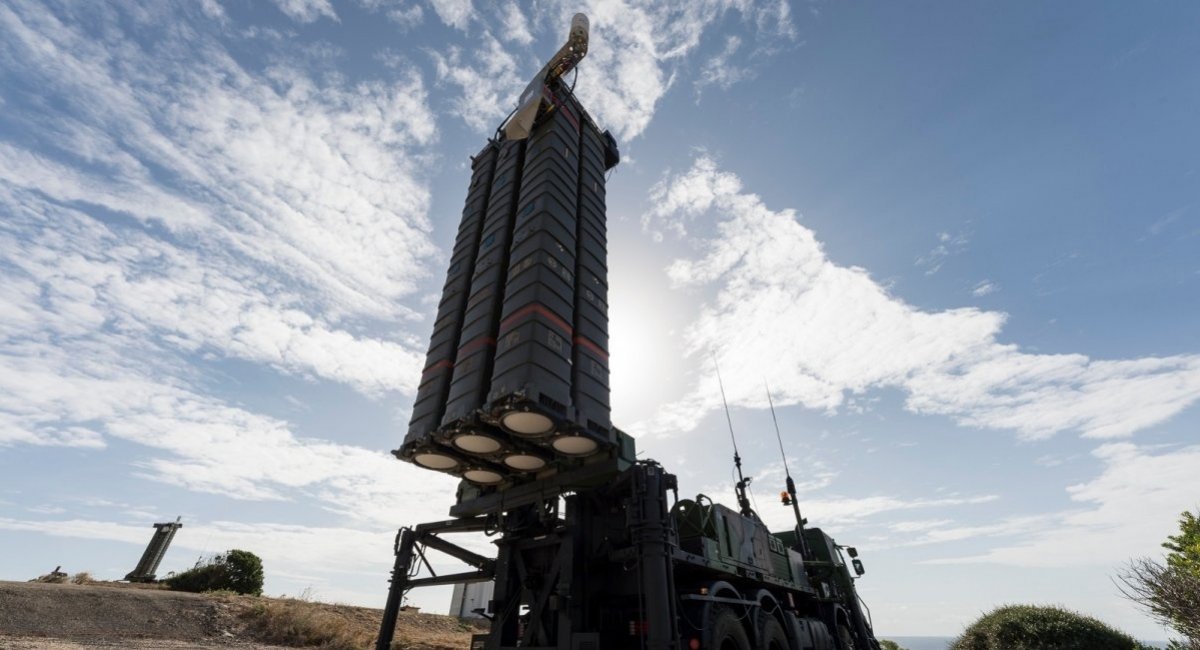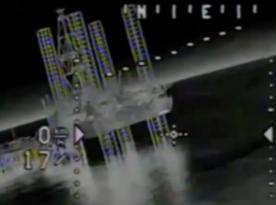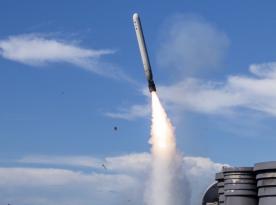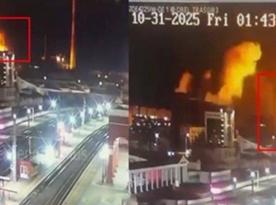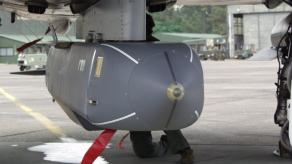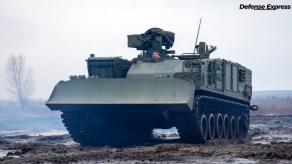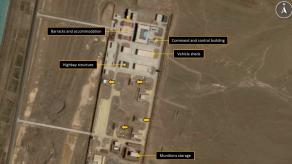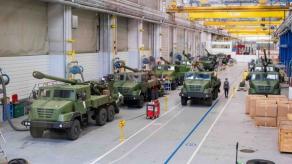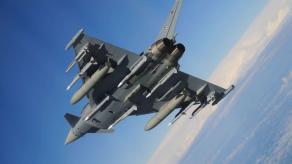A recent Wall Street Journal article reported that European SAMP/T air defense systems have been ineffective in Ukraine, citing both a missile shortage and poor performance against ballistic threats.
Defense Express has already addressed the missile supply issue by analyzing the global stocks of Aster missiles and their production rates. The second concern is more complicated, so we'll discuss it separately.
Read more: Ukraine is Running Low on Missiles For SAMP/T: Assessment of Global Stocks and Production Rates
As claimed by "people familiar with the matter," SAMP/T’s struggle with ballistic intercepts stems from software issues. This immediately draws historic parallels with the well-documented failure of Patriot systems during the 1991 Gulf War, where the American system missed intercepts of Iraqi Scud missiles.
However, it is unlikely that SAMP/T faces the same exact problem, since the Patriot case became a widely known illustrative example of how a bug in the code can cost the lives of military personnel.
But let us note that it wasn't the only factor. Patriot's GEM-T missiles did not guarantee the destruction of a ballistic missile’s warhead midair. This flaw led to the development of CRI and MSE interceptors with the brand-new "hit-to-kill" technology.
For SAMP/T, ballistic defense is officially attributed only to Aster 30 Block 1 and Block 1NT missiles.
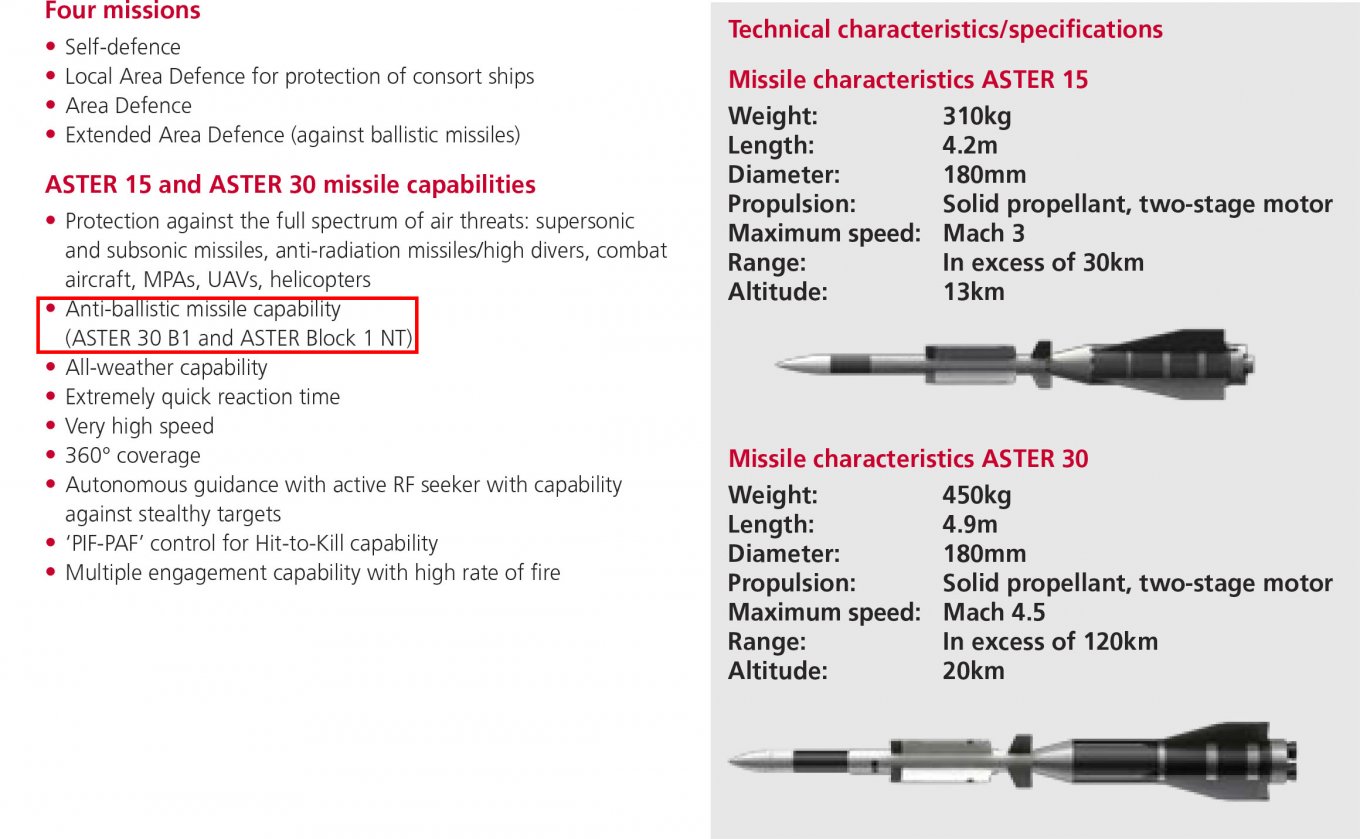
The Block 1 upgrade, introduced in the early 2000s, improved homing software and control systems, successfully intercepting ballistic targets in tests by 2010.
Meanwhile, the deployment of SAMP/T had already started in France since 2007 and later in Italy. These were still equipped with the older variant now known as the Aster 30 Block 0. Also, even after Block 1 was fully developed in 2015, it took time to adopt the effector and launch its mass production.
Moreover, immediately after finishing Block 1, the partner countries started the Aster 30 Block 1NT program. This upgrade, forming the core of the upcoming SAMP/T NG system scheduled for production in 2026, was prompted precisely by the need for improved anti-ballistic performance. That is, the very fact it needed an upgrade from get-go hints that Block 1 was not doing well.
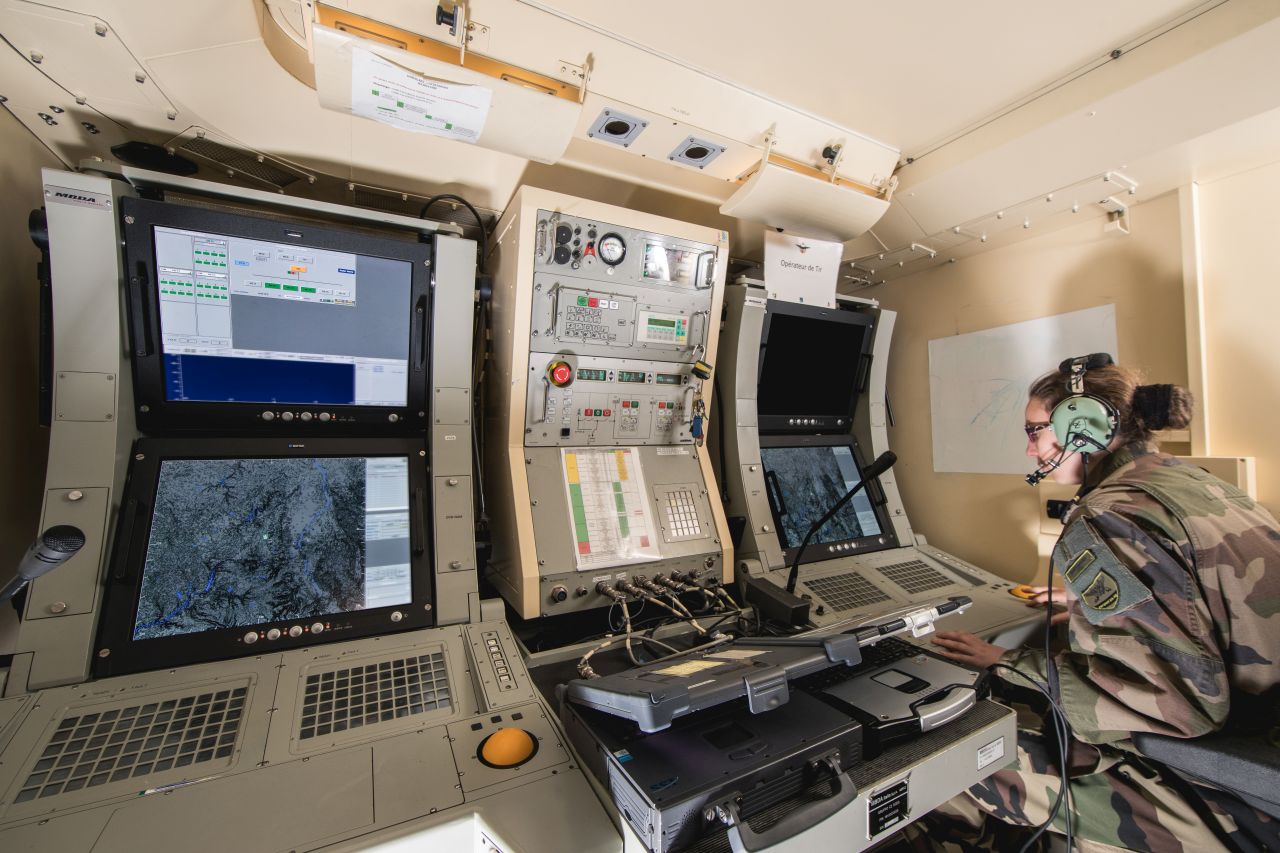
France’s Ministry of Defense claims that SAMP/T NG will even be able to counter Kh-47 Kinzhal, the russian self-proclaimed "hypersonic" ballistic missile. The catch is, American Patriot has already repeatedly demonstrated this capability in Ukraine, so it only underscores SAMP/T’s current limitations.
The main improvement in Block 1NT over Block 1 is a new radar seeker operating in the Ka-band (26.5–40 GHz), which offers greater targeting precision than the Ku-band (10.7–12.75 GHz) seeker used in earlier versions.
Notably, French and British naval forces have successfully used Aster 30 missiles to intercept ballistic threats while protecting commercial shipping in the Red Sea. However, details on missile expenditure and overall system effectiveness remain undisclosed. Moreover, ship-based air defense systems may differ significantly from ground-based counterparts, especially their fire control systems.
To summarize, in assessing SAMP/T’s real ability to intercept ballistic missiles, the key question is not whether it can engage them at all, but how successful and efficient a specific effector variant is against a specific type of threat it is trying to deflect.
Read more: If the French Crotale NG Has Already Appeared Somewhere in the Ukrainian Armed Forces, There Are Still No Signs of the SAMP/T




